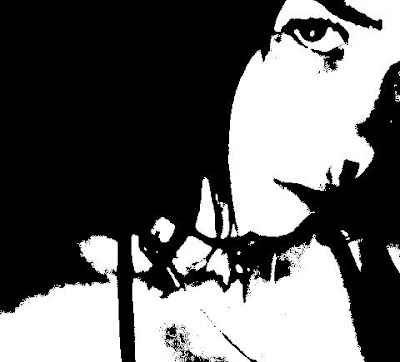
Kenneth Elton "Ken" Kesey ( /ˈkiːziː/; September 17, 1935 – November 10, 2001) was an American author, best known for his novel One Flew Over the Cuckoo's Nest (1962), and as a counter-cultural figure who considered himself a link between the Beat Generation of the 1950s and the hippies of the 1960s. "I was too young to be a beatnik, and too old to be a hippie," Kesey said in a 1999 interview with Robert K. Elder.
Kesey attended the University of Oregon's School of Journalism, where he received a degree in speech and communication in 1957, where he was also a brother of Beta Theta Pi. He was awarded a Woodrow Wilson National Fellowship in 1958 to enroll in the creative writing program at Stanford University, which he did the following year. While at Stanford, he studied under Wallace Stegner and began the manuscript that would become One Flew Over the Cuckoo's Nest.
At Stanford in 1959, Kesey volunteered to take part in a CIA-financed study named Project MKULTRA at the Menlo Park Veterans Hospital where he worked as a night aide with Brian Samuels who later became his partner in a trip around California in a Volkswagen. The project studied the effects of psychoactive drugs, particularly LSD, psilocybin, mescaline, cocaine, AMT, and DMT on people. Kesey wrote many detailed accounts of his experiences with these drugs, both during the Project MKULTRA study and in the years of private experimentation that followed. Kesey's role as a medical guinea pig, as well as his stint working at a state veterans' hospital, inspired him to write One Flew Over the Cuckoo's Nest in 1962. The success of this book, as well as the sale of his residence at Stanford, allowed him to move to La Honda, California, in the mountains south of San Francisco. He frequently entertained friends and many others with parties he called "Acid Tests" involving music (such as Kesey's favorite band, The Warlocks, later known as the Grateful Dead), black lights, fluorescent paint, strobes and other "psychedelic" effects, and, of course, LSD. These parties were noted in some of Allen Ginsberg's poems and are also described in Tom Wolfe's The Electric Kool-Aid Acid Test, as well as Hell's Angels: The Strange and Terrible Saga of the Outlaw Motorcycle Gangs by Hunter S. Thompson and Freewheelin Frank, Secretary of the Hell's Angels by Frank Reynolds. (read more)
































